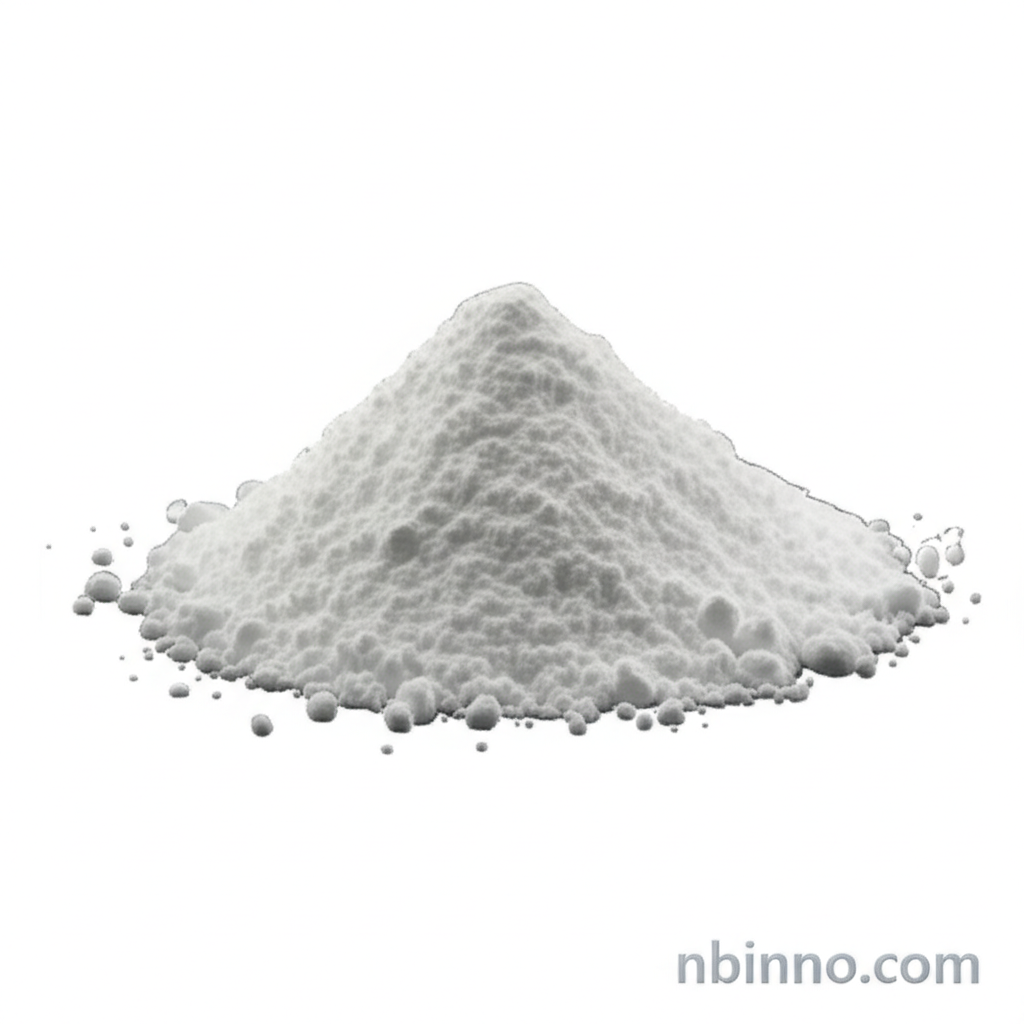Trimethylpropylammonium Bromide: Properties, Applications, and Research Significance
Discover the detailed chemical profile and research utility of Trimethylpropylammonium Bromide (CAS 2650-50-2).
Get a Quote & SampleProduct Core Value

Trimethylpropylammonium Bromide
Trimethylpropylammonium Bromide is a vital chemical compound primarily utilized in life science research. Its well-defined properties make it suitable for detailed studies of biomass and various organic compounds, contributing to advancements in scientific understanding.
- Explore the essential Trimethylpropylammonium Bromide CAS 2650-50-2 properties, including its molecular formula and weight, vital for accurate scientific applications.
- Understand where to find Trimethylpropylammonium Bromide suppliers for your research needs, ensuring access to high-quality materials.
- Investigate the Trimethylpropylammonium Bromide appearance and purity, typically a white powder with a minimum purity of 98.0%, crucial for experimental reliability.
- Learn about Trimethylpropylammonium Bromide storage guidelines to maintain its integrity and efficacy in a clean, dry, and cool environment away from sunlight and rain.
Advantages Offered
Research Versatility
This compound's utility in biomass study and organic compound analysis makes it a versatile tool for life science researchers seeking to understand complex biological and chemical systems.
Purity and Reliability
With a standard purity of 98.0% or higher, Trimethylpropylammonium Bromide offers the reliability required for precise experimental outcomes, a key aspect when buying Trimethylpropylammonium Bromide for critical applications.
Established Identification
The presence of a CAS number (2650-50-2) ensures unambiguous identification and facilitates easy access to extensive scientific literature and supplier information for this essential chemical.
Key Applications
Biomass Studies
Utilize Trimethylpropylammonium Bromide in your research to investigate the intricate composition and behavior of biomass, contributing to sustainable science initiatives.
Organic Compound Analysis
Its specific properties make it an excellent choice for the detailed analysis of various organic compounds, aiding in the discovery and characterization of new molecules.
Life Science Research
As a foundational chemical, it supports a broad spectrum of life science research projects, from molecular biology to biochemistry and beyond.
Chemical Synthesis
Serve as a crucial building block or reagent in the synthesis of more complex organic molecules, supporting advanced chemical research and development.
